
© Christian Hofmann
How to plan an outing For a successful experience in the mountains
Careful planning is the key to a successful and safe outing. It helps avoid many awkward and dangerous situations – it is therefore well worth spending time on it!
Meticulous planning ensures that you take into consideration all the important points and enables you to assess whether or not your outing is feasible. It also helps you avoid awkward situations and provides valuable support throughout your outing.
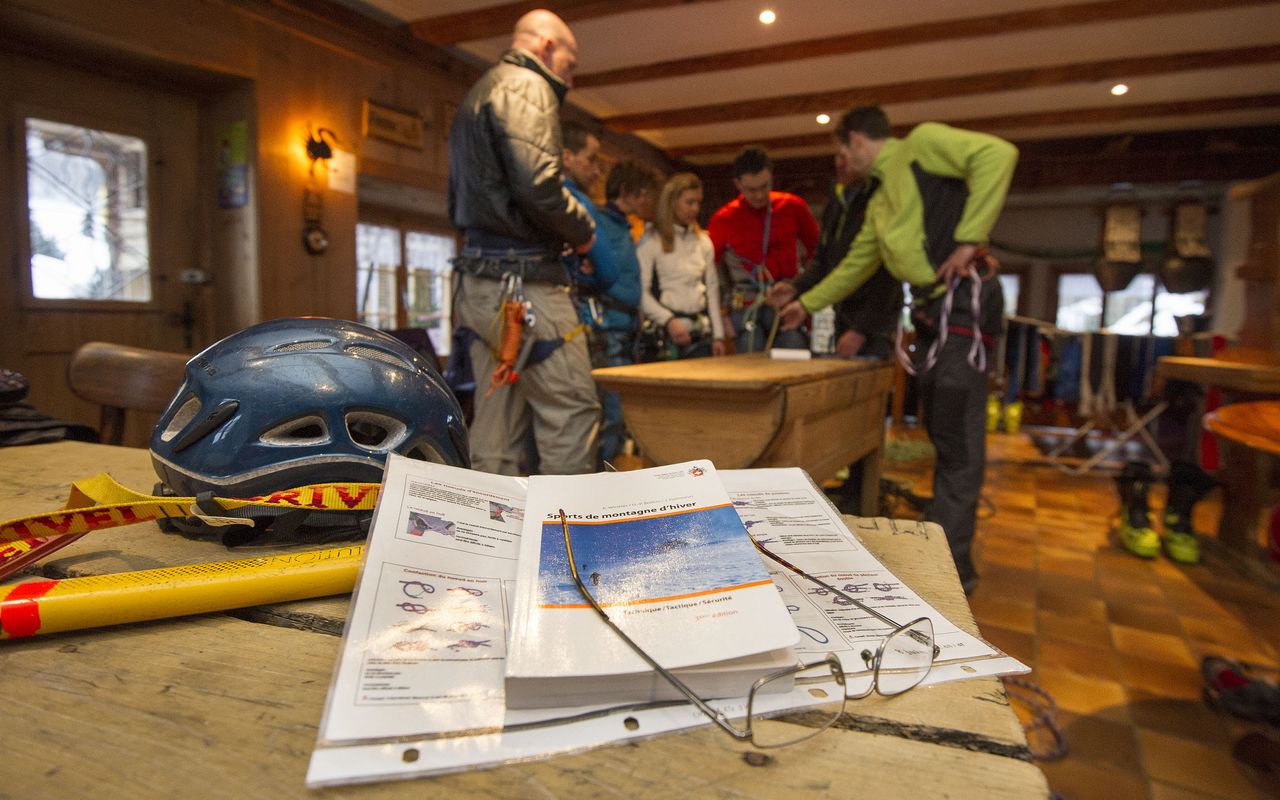
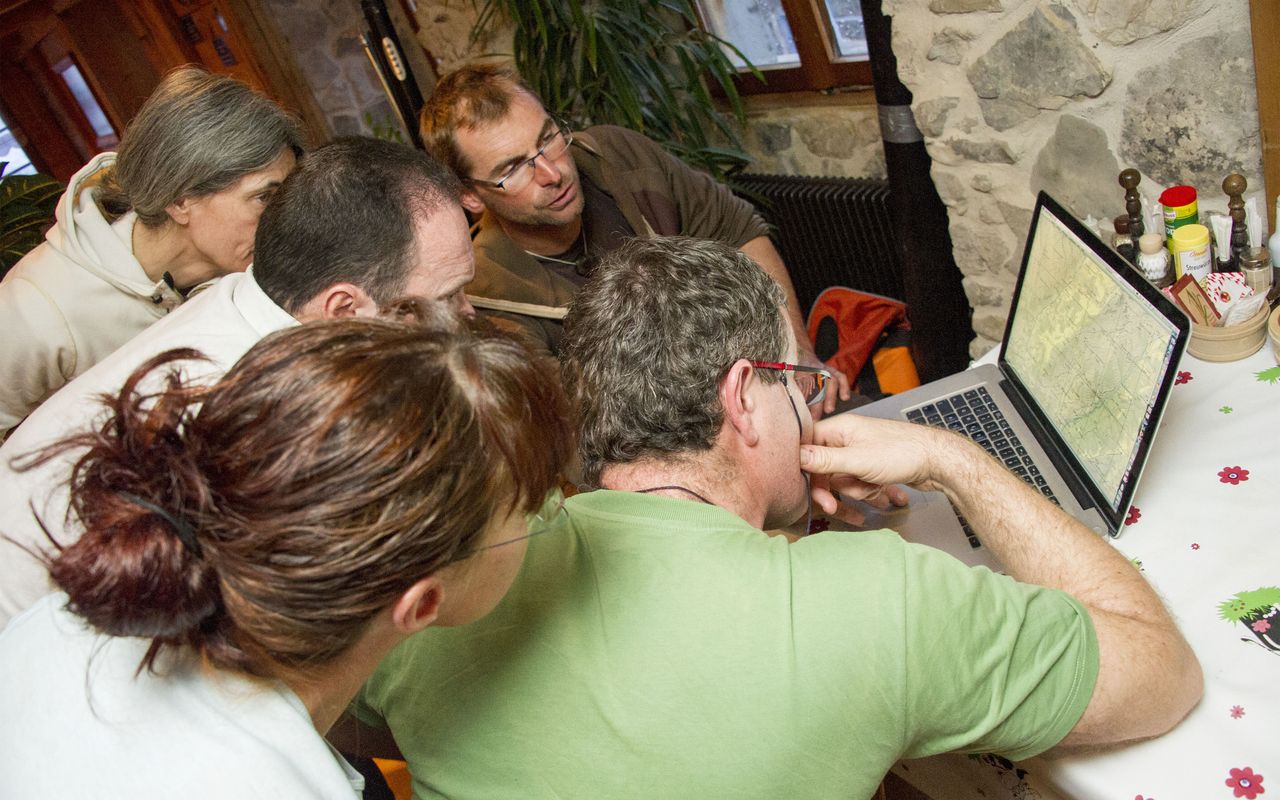
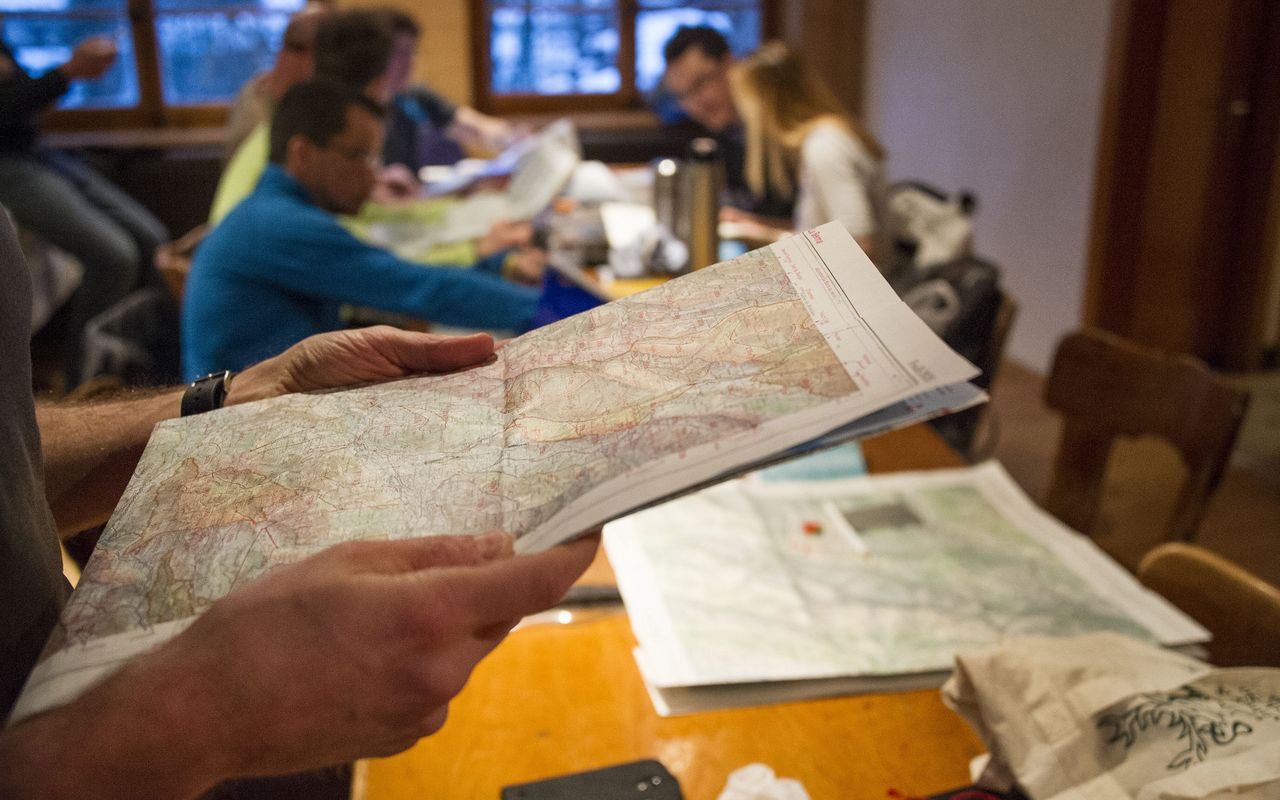
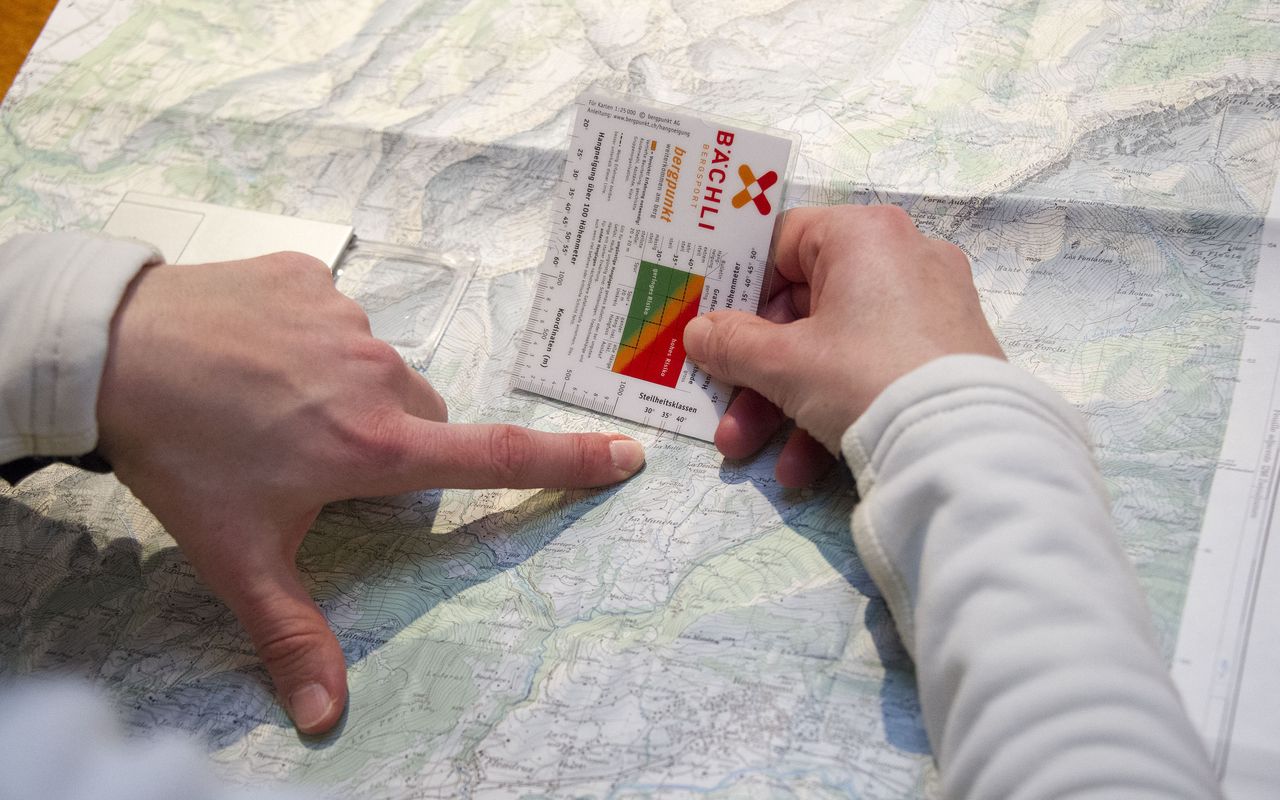
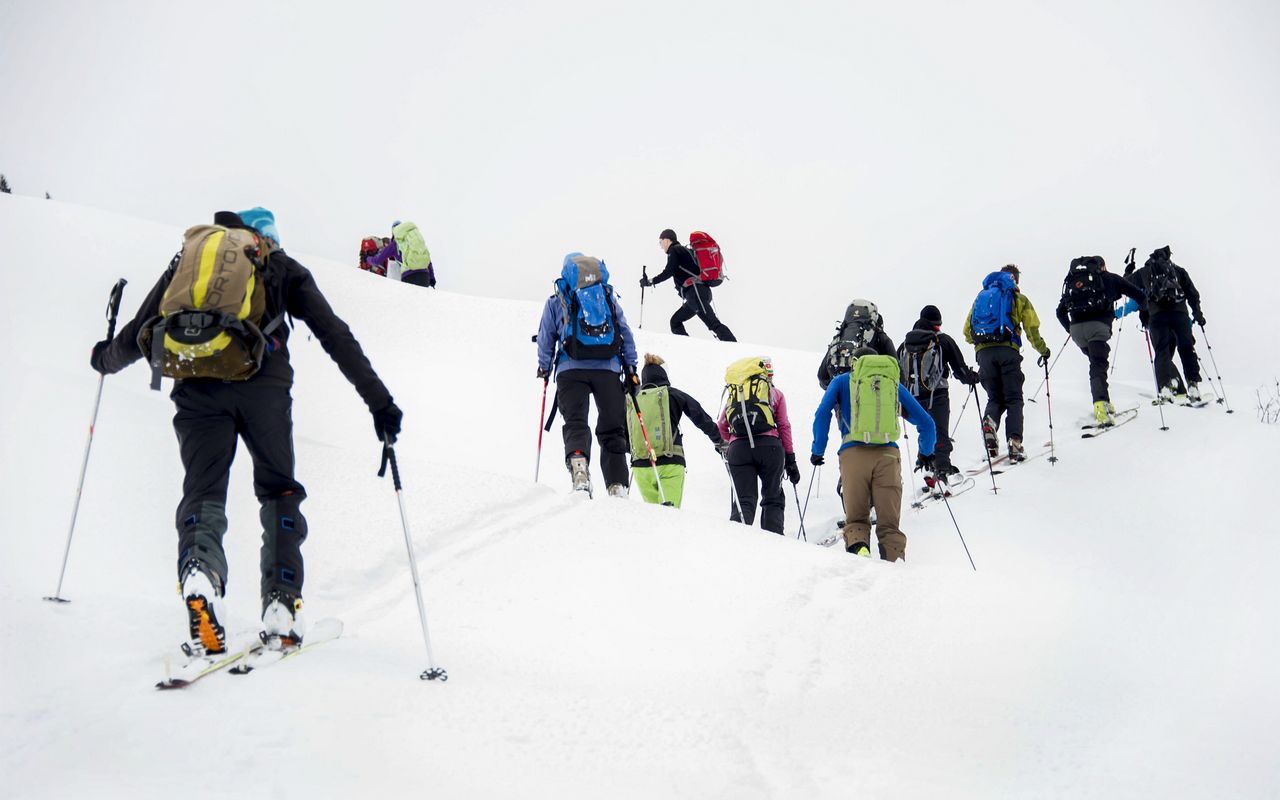
Why should you plan your outing?
The point of planning is, amongst others, to determine the feasibility of your outing.
- Yes, it should be feasible without any problems (at least according to the present conditions!).
- Yes, it should be feasible but under certain conditions (e.g. attaching fixed ropes, belaying the team from above on difficult sections).
- No, it isn’t possible. You will have to change your plans.
- It’s hard to tell for the time being (e.g. because you don’t know the snow conditions on a certain slope). You can’t decide unless you have satisfactory answers to all the following questions and if not, you will have to abandon the idea.
Planning an outing from A to Z
To begin with, consider the following points.
1) Gather all the relevant information.
If, at first glance, the itinerary and the conditions suit the participants, planning can be continued. If not, a more suitable option should be found. Respect nature: Depending on the sport and the region, there may be measures of protection, deviations and temporary closures to take into consideration.
2) Key sections
Pinpoint all the important sections and, for each one of them, determine whether or not they are negotiable. If so, decide what equipment you will need.
3) Alternative routes and strategic points
What happens if the weather conditions are less good than expected, if one of the important sections can’t be crossed or if one of the participants is unable to carry on? To avoid getting stuck, alternative routes should be planned e.g. an easier one nearby.
Just before setting off, points 1-3 should be carefully reviewed, considering present weather conditions and the people taking part in the outing. The following also points need to be taken into account.
4) Timing
What are the expected arrival and departure times and how long should it take?
5) Final check
A final check of all aspects of the outing is essential to ensure that you have all the necessary equipment and have thought about anything which could go wrong and how to deal with it.
